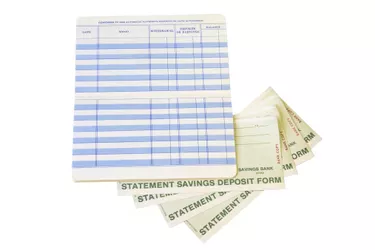
A ledger balance is the balance that denotes the total amount of money deposited into a business or personal account. An account holder gets her ledger balance by subtracting the total number of debits from the total number of credits during an accounting period.
Debits
Video of the Day
Debits and credits must be equal in order for your account to be balanced. Debits appear on the left side of the bank statement and include expenses like rent, wages, maintenance and utilities. Debits on bank statements also consist of bank service fees and ATM charges.
Video of the Day
Credits
Credits are on the right side of a ledger balance and bank statement. It includes any deposits, such as direct deposits, checks deposited and refunds payable to account holders.
Ledger Balance v. Available Balance
A ledger balance signifies the balance at the beginning of the day whereas available balances tells you how much money is available for withdrawal. For example, your ledger balance may be $500; however, you may only have $200 available for use.
Balancing Bank Statement
The bank statement only provides the balance to a particular date. Checks written and deposits made after this date will not appear. Account holders enter checks and deposits on designated spaces on statements. When numbers on each side equal, the account is balanced.